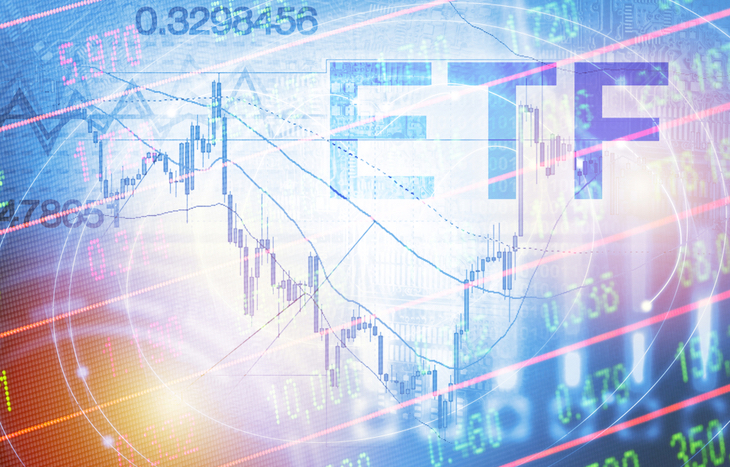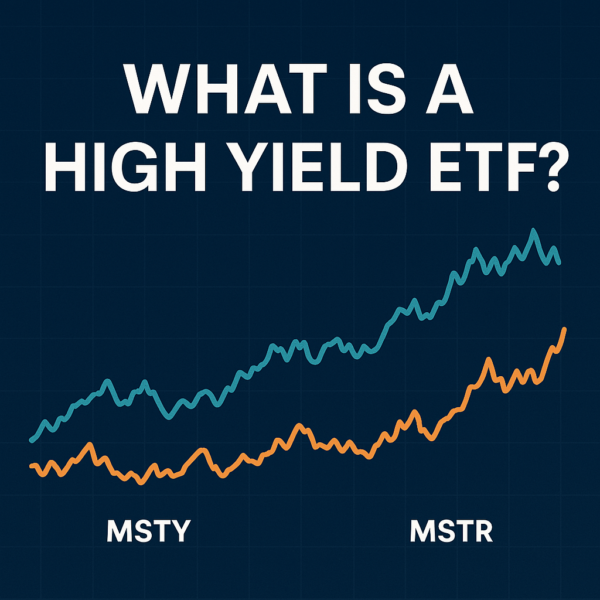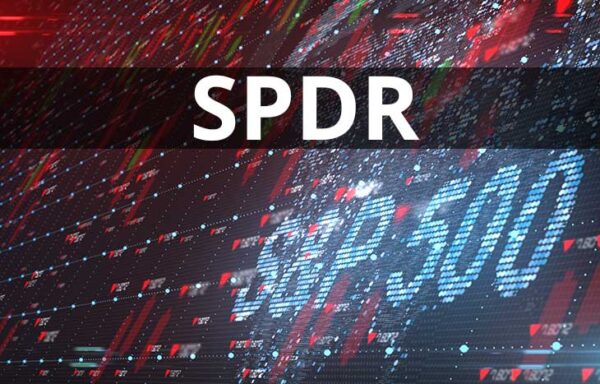ETF Pros and Cons
Exchange-traded funds (ETFs) have risen in popularity as an investment vehicle over the last decade. ETF pros and cons appeal to a wide range of investor types and risk levels, making them a great intermediary form of investment. They don’t carry the risk that individual securities do yet aren’t as broad as index funds. Moreover, ETFs don’t carry the fees mutual funds typically do. They’re a very appealing product to a broad cross-section of investors.
To understand why so many investors – retail and institutional – love ETFs, it’s worth drilling down deeper into the pros and cons. What makes them a more stable investment than individual stocks? Why are the fees lower than other types of managed funds? Let’s get to know the good and the bad of ETFs so you can determine whether they’re a savvy choice for your portfolio.

What Is an Exchange-Traded Fund?
An ETF is a type of fund that tracks another investment. These funds can track anything from a broad index like the S&P 500, to a collection of stocks in a particular sector, to commodities and beyond. While this might sound similar to derivative investments, it’s different in that ETFs trade on stock exchanges. Investors can buy and sell shares using a ticker symbol.
Typically, ETFs have a theme – something that anchors their investment focus. For example…
- IShares Dow Jones U.S. ETF (NYSE: IYY) tracks the Dow Jones Industrial Average.
- Vanguard ESG U.S. Stock ETF (BATS: ESGV) tracks only socially responsible companies.
- ROBO Global Robotics & Automation ETF (NYSE: ROBO) tracks only robotics companies.
- Schwab Emerging Markets Equity ETF (NYSE: SCHE) focuses on emerging markets.
ETFs have an unlimited number of shares, and investors can buy or sell at any time. This is opposite something like a mutual fund, which has strict rules about buy-in and cash-out, depending on the fund.
The Pros of ETFs
Investors typically choose ETFs because of their consistency. On the scale of volatility and risk, they’re on par with mutual funds – they’re less volatile than individual securities but more prone to action than broad index funds. Here’s a look at some of the specific reasons investors choose ETFs.
- Liquidity: Bought and sold through exchanges, ETFs allow investors to buy and sell at their discretion. This means you’re not locked into an investment for any longer than you want to be. All it takes to buy or sell ETFs is a market order.
- Stability: Because ETFs track broader assets, they’re naturally hedged against volatility. ETFs don’t fluctuate as much as individual securities thanks to the aggregated price of their holdings. The more tracked assets, the less volatile the price of the ETF.
- Accessibility: You can purchase an ETF through its ticker symbol on an exchange, which means they’re accessible to anyone. On top of this, most ETFs have a lower cost of entry than managed funds. They’re a great tool for new investors and those who want a “set it and forget it” type of investment product.
- Diversity: There’s an ETF out there for just about anything. Track a larger index, invest in only companies from a specific sector or get as granular as you want for your ETF focus. With thousands of ETFs to choose from, you’re able to capitalize on your investing thesis while diversifying your holdings through the ETF.
- Tax efficiency: Thanks to their indexed structure, ETFs distribute capital gains differently than mutual funds and other managed funds. Even high-yield dividend funds are more favorable for tax purposes than funds that distribute gains directly to shareholders.
At their core, ETFs offer “bucket” investment potential. If you know what you want to invest in – emerging markets, a specific sector, company size, etc. – an ETF offers instant diversity, without sacrificing focus.
The Cons of ETFs
Despite offering some hedge against risk, ETFs aren’t immune to volatility. Moreover, many of the benefits they offer come with trade-offs. Here are some of the reasons ETFs might not be for you.
- Fees: ETFs have an expense ratio, which is the cost of maintaining the fund. While they’re typically low (less than a percent), there are actively managed ETFs with high expense ratios. Pay attention to fees – they can eat into your returns!
- Index obfuscation: Some ETFs track indices or assets that aren’t proven or don’t have a great track record of stability. Moreover, highly leveraged ETFs can complicate your investment. It’s always best to thoroughly review the assets tied to an ETF.
Seasoned investors might want more control over their money than ETFs can offer. Moreover, trending too heavily into ETFs can leave you with diversification issues, depending on the fund. It’s important to invest in reputable ETFs with transparency and a strong performance history.
The Bottom Line on ETFs
ETFs do what they’re designed to: hedge against risk. ETFs have found their niche among investors who want to focus on a specific market, without the legwork of researching many different companies. It’s much easier to find an ETF that focuses on X, Y or Z to hedge your exposure to a specific segment of the market. With low fees and modest stability, ETFs are great for risk-averse investors as well.
To learn more about ETFs, sign up for the Liberty Through Wealth e-letter below. A portfolio with exchange-traded funds can help you build toward financial independence in your life.
Should you invest in exchange-traded funds? Consider ETF pros and cons and see how they stack up against your investing thesis. If you want diversity with focus in a specific sector, they’re a great vehicle. If you’re looking for rapid growth or want broad exposure, individual stocks or index funds may be a better play. It all comes down to factors like focus, risk, investing habit and cost.





